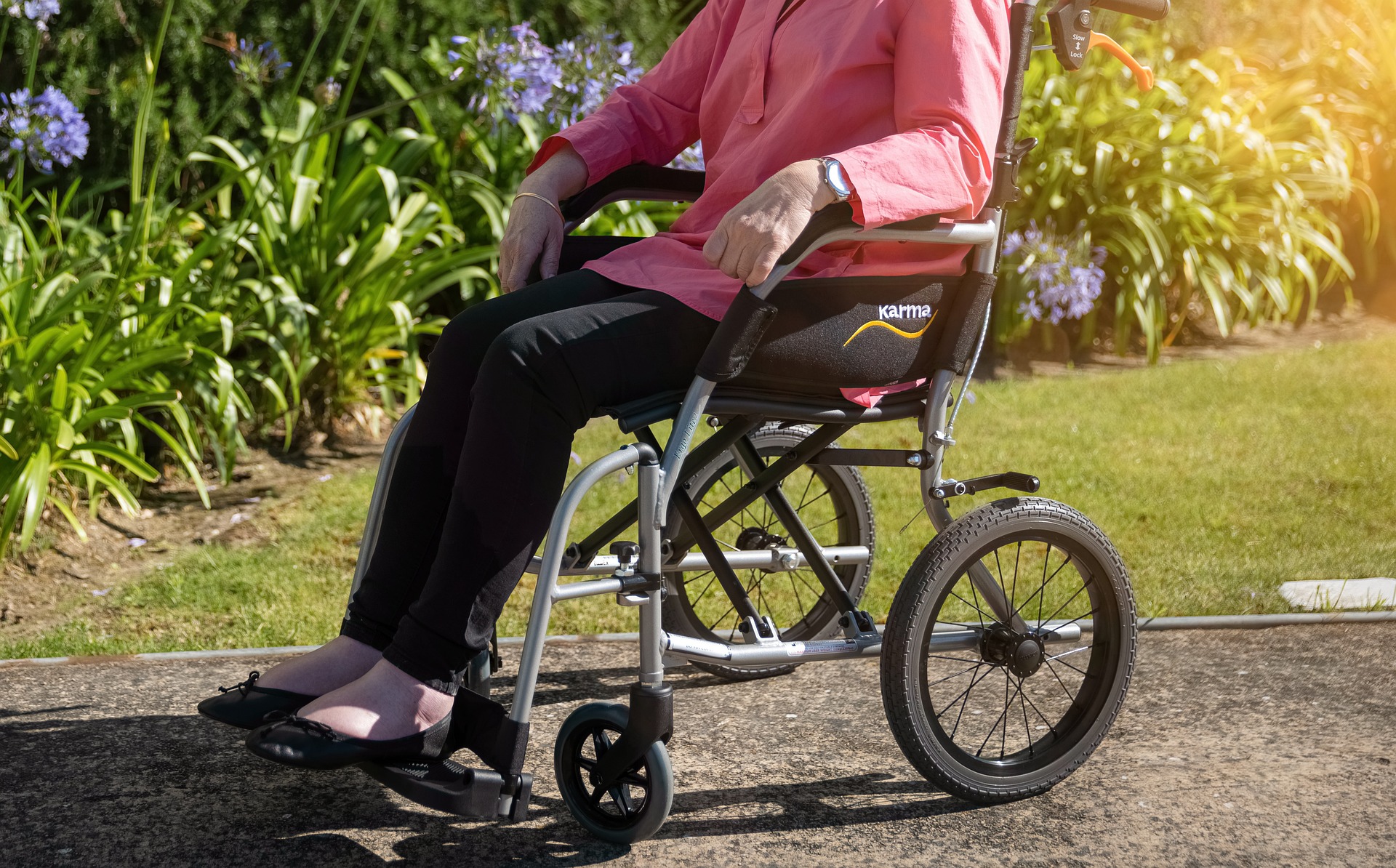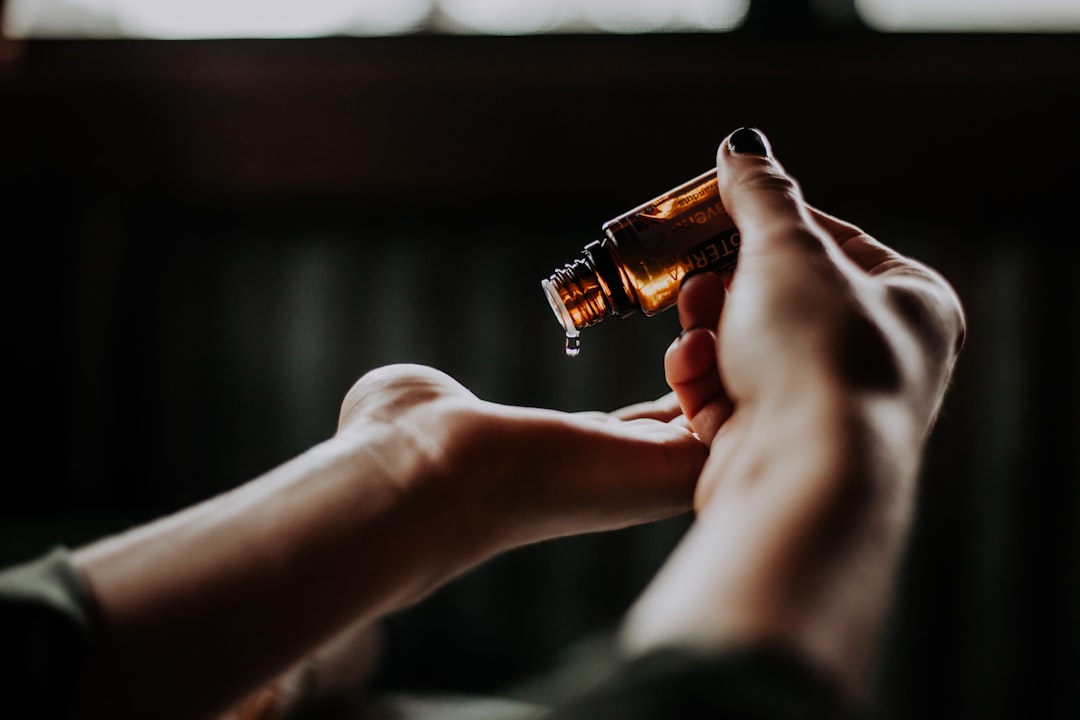After a stroke, many survivors face challenges with speech, movement, and thinking. Stroke rehabilitation, or the process of regaining these skills, is essential for individuals to recover and return to their daily activities.
Rehabilitation usually begins in the hospital and continues in a post-acute care facility. This can involve physical, occupational, and speech therapy. Physical therapy focuses on restoring mobility, while occupational therapy helps individuals to relearn daily tasks such as dressing and eating. Speech therapy helps with communication difficulties and may include exercises, cognitive training, and using alternative communication methods.
Once individuals are discharged from post-acute care, rehabilitation often continues in an outpatient setting. This can involve ongoing therapy, as well as participating in support groups and community resources to help with social reintegration.
Family and caregiver involvement is also essential in the rehabilitation process. Loved ones can offer support, encouragement, and assistance with exercises and activities at home.
While stroke rehabilitation can be challenging, it is important to remember that progress can happen at any stage. It is important to set achievable goals and celebrate even small accomplishments.
Stroke rehabilitation may take time and patience, but with the help of healthcare professionals, supportive loved ones, and a positive attitude, many individuals can regain their independence and live fulfilling lives.





